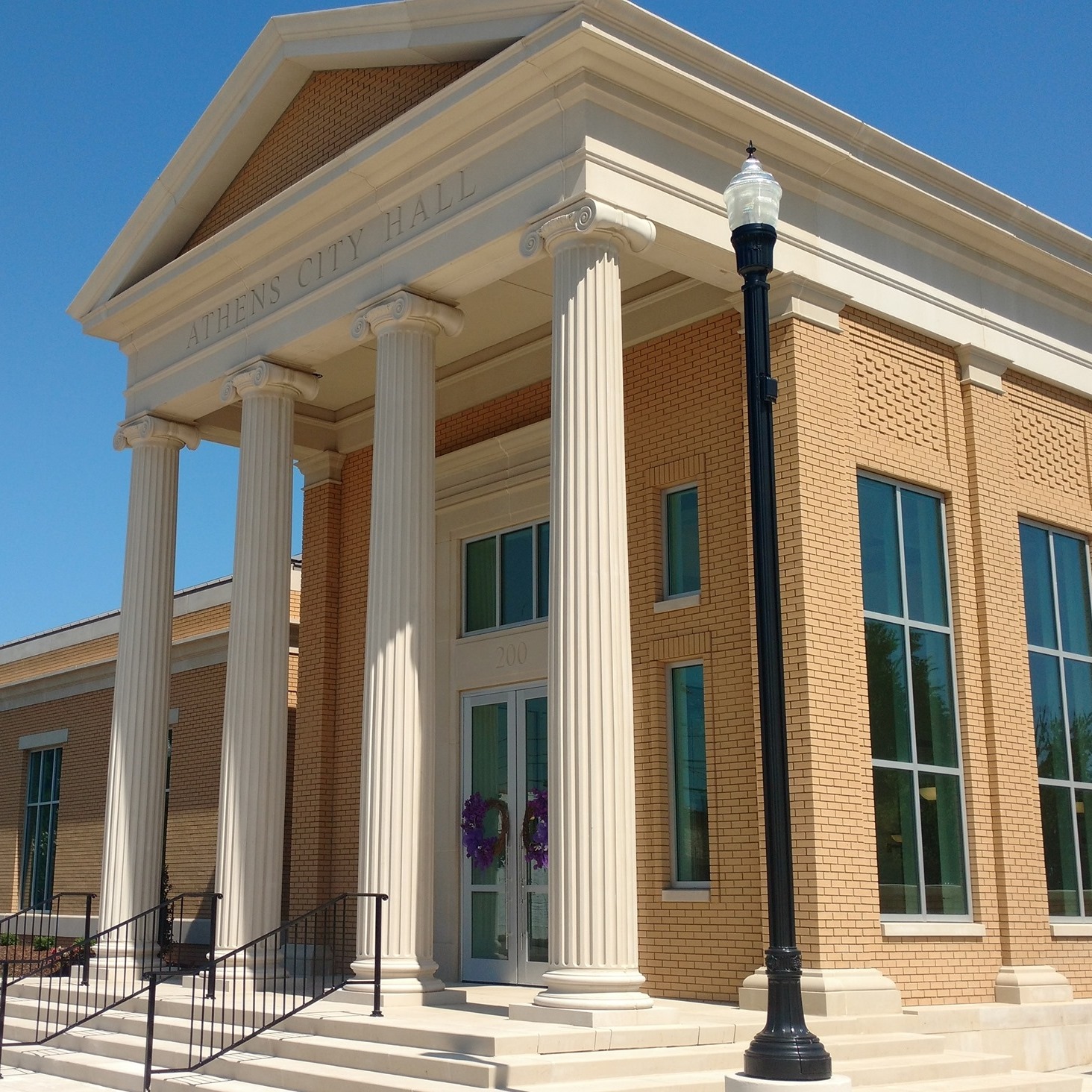ONE GARDENER TO ANOTHER: How to relieve your turfgrass of thatch
Published 7:00 am Monday, July 13, 2020
This week’s question comes from a problem that I was having in my own backyard. My yard is sloped, and while that really isn’t a problem, it becomes one when we get an abundance of rain. We historically receive approximately 58 inches of rainfall per year, with about 32 inches typically falling by the end of June. However, to date, a whopping 42 inches has already fallen this year.
To compound the issue, the neighbor up the hill from me was having a pool installed. Heavy rainfall, along with the removal of a lot of thirsty roots, caused some issues. Not only was water running freely over the exposed soil, it was carrying with it all of the lawn clipping remnants and other plant matter from the surrounding areas — straight into my turfgrass.
Trending
This gave me two problems to combat: erosion at the top of the yard and thick layers of thatch in the remainder of the lawn.
As for the erosion, the issue would be eliminated as soon as the project was completed and new sod was laid that would happily drink up as much rain water as possible, so a big fix such as installing a French drain to divert water wasn’t necessary.
The new sod, laid both on the slope between our yards and in the top area of my yard would be all that was needed.
On the other hand, the thatch — along with a great deal of clumping grass leaves — was a battle. Lawn clippings were settling on the top of my turfgrass in clumps that resembled waves. On top of that — or more accurately, below that — a thick layer of thatch was forming.
These issues, if not handled, can be extremely detrimental to lawns.
Thatch is a layer of living and dead turfgrass stems and roots that settle on the soil surface, under the plant canopy. Some plant matter is beneficial to lawns. It works as an insulator to keep moisture in and cold or extreme heat out. However, when this plant matter accumulates faster than it can decompose, a thatch layer develops.
Trending
At this point, thatch will block air, water and nutrients from reaching the roots. It also can cause an increase in disease and insect problems; winter injury due to roots growing in the thatch instead of the soil; and sponginess in the lawn, making mowers sink down irregularly and cause scalping.
Thatch accumulates because of a number of reasons. The most common reasons are poorly aerated soil, overwatering, infrequent mowing, mowing too high or the overuse of pesticides that kill earthworms, which help aerate the lawn and break down organic matter.
Moderate levels of thatch can be physically removed using a hand rake, such as a cavex rake that has curved metal tines that cut through the turfgrass, breaking up and pulling out thatch for removal. For more serious thatch issues, the use of mechanical equipment such as core aerifiers and vertical mowers is more effective.
Core aerifiers remove plugs of soil, leaving holes in the lawn that help to loosen compacted soil and thatch while increasing the flow of air and water to the roots, as well as stimulating new growth. With soil aerification, the best time to dethatch a lawn is when it is actively growing. This allows the turfgrass to recover quickly from the physical stress caused by the process. This method is generally used to correct a soil compaction problem, not as routine maintenance.
Vertical mowers, also commonly called power rakes, have knives that spin vertically and cut through thatch to break it up. A combination of hand-raking and one of the mechanical methods will insure as much thatch as possible is removed. Regardless of method, debris should be collected and removed from the lawn.
After the thatch has been removed, apply a light topdressing of sand or soil to the lawn to aid in the decomposition of the thatch layer. The topdressing material should be of similar composition to the underlying native soil. After applying the topdressing, work it into the lawn by raking the surface to spread and distribute the soil evenly.
Removing thatch will have your lawn healthy and happy in no time. Until next week, happy gardening.
— Irland, a member of the Limestone County Master Gardeners, can be reached at kippirland@hotmail.com. For more information on the Limestone County Master Gardeners, visit http://mg.aces.edu/limestone.






